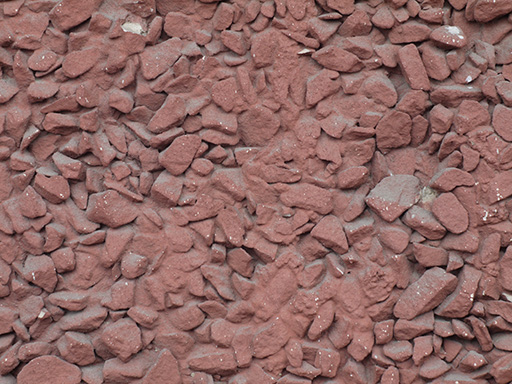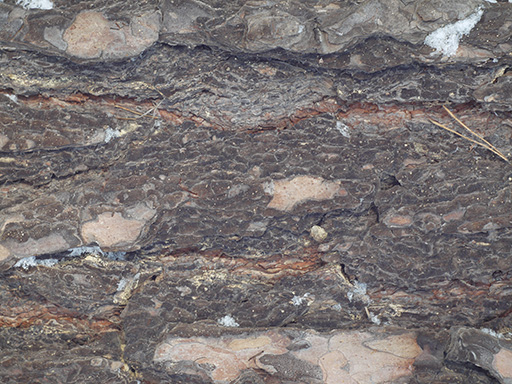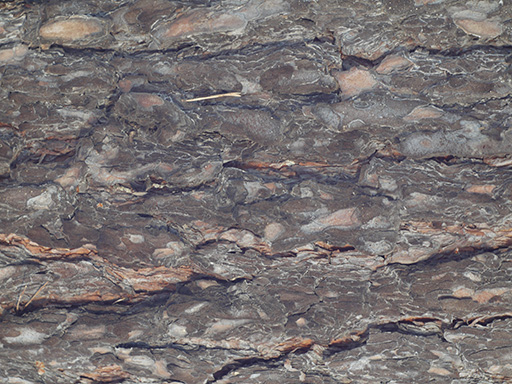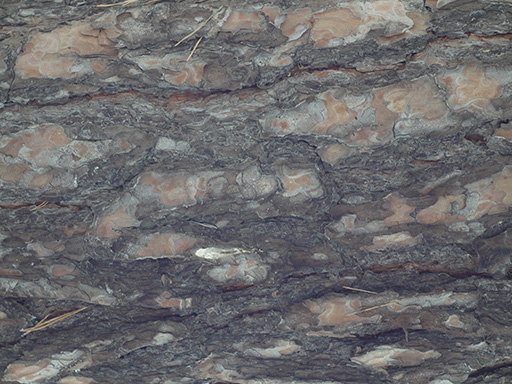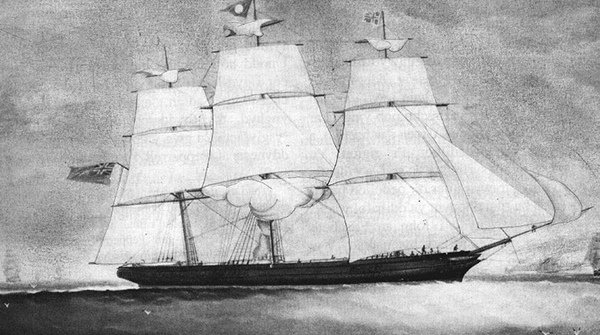
Lets begin small descriptions of ships of different types for interest, development in this area and adventures and voyages spirit. First we will talk about clipper ship Mimosa, which in the middle on 19th century carried Welsh emigrants to South America. Clippers is a class of fast sailing ships, which more glide through the water, than furrow it; have 3 masts and large sails equipment; name of type comes from English word clip, which in 19th century also had meaning “sail with high speed“, “cut through the water” and “cut through the air“. Their blossoming was at the beginning – middle of 19th century, when they carried small amount of cargo on large distances with high speed; their appearance mainly connected to need for quick delivery of tea from China and South Asia to Europe and USA. With appearance of a first steamships they started to push out all sailing ships form cargo carrying, because they are able to move without wind; however clippers continued to be used for long-distance transportations, on which copper cost exceeded revenue from goods selling.
Century of the clippers ended in 1869 year, when Suez Channel were opened, which greatly reduced path from Asia to Europe and which is easily passable by steamships and is hardly passable by sailing ships. Mimosa was built in 1853 year in Aberdeen Scotland, initially it was not designed for passengers transportation, but later were reequipped for this purpose. Max water draught of the ship is 540 tons, sizes are 42.6 ( length ) x 7.8 ( width ) x 4.8 ( height ) m. Before sailing emigrants gathered in different cities of England, from which Mimosa took them and carried to South America. In the end of its life span, when ship started to became obsolete and to wear out, it was hulked and lost after that. But some of the clippers survived till present days, thank you to protection measures, and are still in the ranks and glide through the water masses, as they did 150 years ago.
